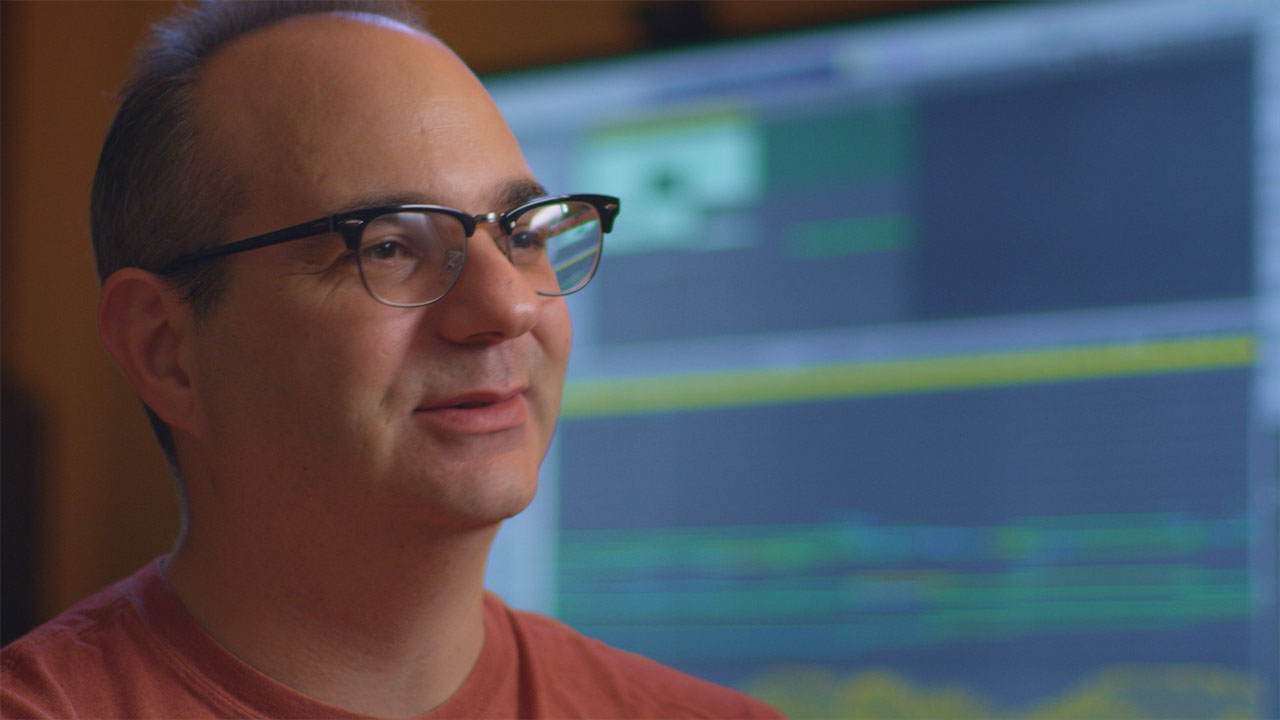

Smarthistory’s videos, for example, select a slice from near the middle of the track that, dodging those well-tread seconds and accidentally evoking memories of snarky movie reviews or wholesome pun-filled recipes. If one scrubs past those first ten seconds, though, there’s sections of the song one would be hard-pressed to identify as being from Buddy. It’s a staple of Red Letter Media’s popular Half in the Bag series, as well as the introduction to Chef John’s Food Wishes recipe videos for the past 13 years.

The opening ten seconds of the song has been imprinted on YouTube audience members the world over. Being a stock song that came with Apple’s video editor iMovie, Buddy has been around since 2006. Buddy – iMovieīuddy is an excellent example of how a song can both be used within an inch of its life and still have some use left… if one is willing to put the work in. There’s absolutely no shame in using stock music. That’s right, he rocks a royalty-free outro (after ditching legally-dubious Frasier and Ratatat clips from his early videos, at least). With millions of subscribers and frequent guest spots on huge channels/television shows, Binging with Babish is a cooking juggernaut on YouTube.
#Kerbal space program 2 kevin macleod free
We start with a little ice-breaker demonstration that free music can be found anywhere, including content creators who’re racking up major cash. It’s no longer generic background music, it’s “that song from _.”Ĭongratulations, you’ve been bamboozled into a discussion disguised as a listicle! We’re all using the same building blocks to make podcasts! Join me on this adventure. This doesn’t mean those tracks are entirely off the table, mind you, but it does mean there’s a much higher chance your target audience already has a memory associated with that song. Unfortunately, the more new media matures, the more of a chance an easily-discovered track is something that other, far more popular creators got to first. Squirrels can’t file copyright cease-and-desist letters ( yet).įortunately for us podcasters, the world has kind-hearted musicians who’ve been gracious enough to make hundreds of hours worth of music available royalty free with proper attribution. It’s enough to send a podcaster running for the deep forest, resigned to a life of building microphones out of sticks to interview woodland creatures. Whether an episode is getting millions of downloads or three, it counts as a broadcast that can be accessed the world over, opening the uploader to the terrifyingly tangled spaghetti mess of international copyright law.

To say licensing music for podcasts is “tricky” would be an understatement.


 0 kommentar(er)
0 kommentar(er)
